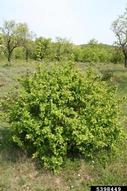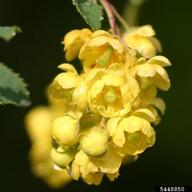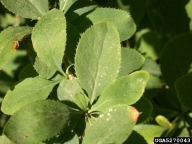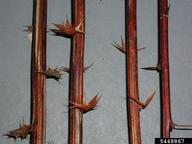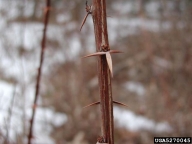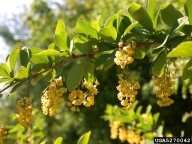
Robert Vidéki, Doronicum Kft., Bugwood.org
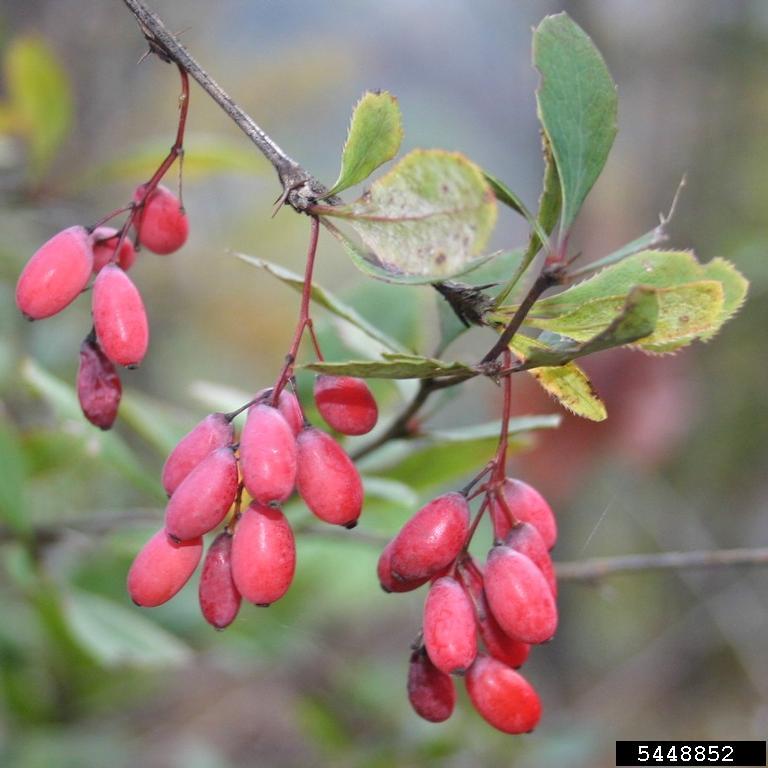
Leslie J. Mehrhoff, University of Connecticut, Bugwood.org

Leslie J. Mehrhoff, University of Connecticut, Bugwood.org

Leslie J. Mehrhoff, University of Connecticut, Bugwood.org

Leslie J. Mehrhoff, University of Connecticut, Bugwood.org

Leslie J. Mehrhoff, University of Connecticut, Bugwood.org
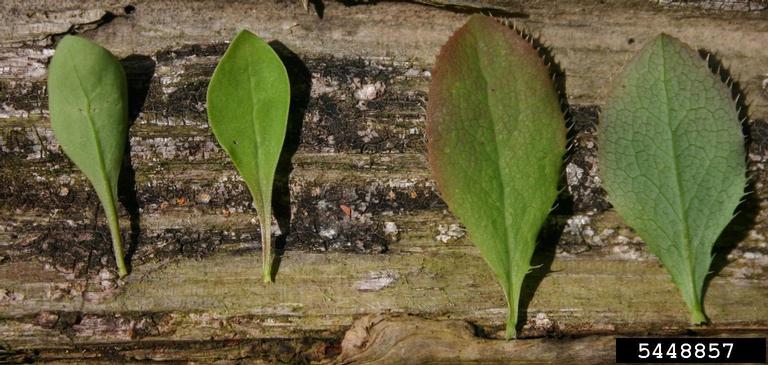
Leslie J. Mehrhoff, University of Connecticut, Bugwood.org
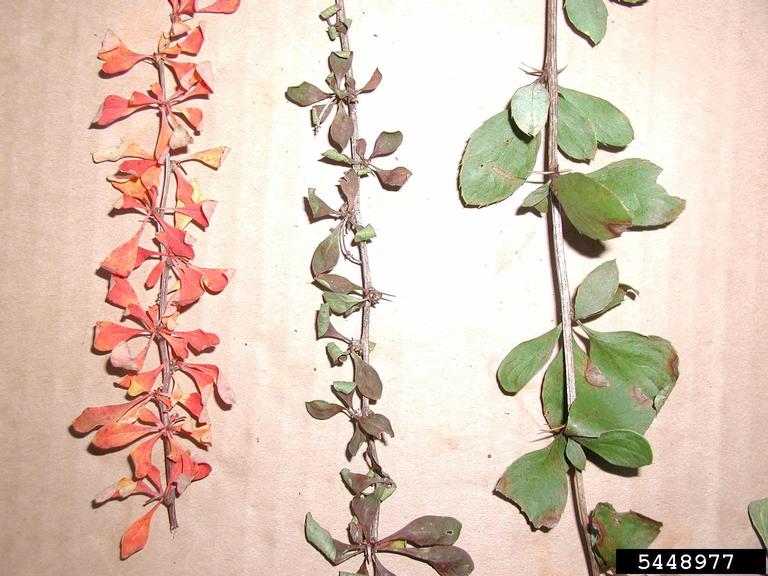
Leslie J. Mehrhoff, University of Connecticut, Bugwood.org

Leslie J. Mehrhoff, University of Connecticut, Bugwood.org
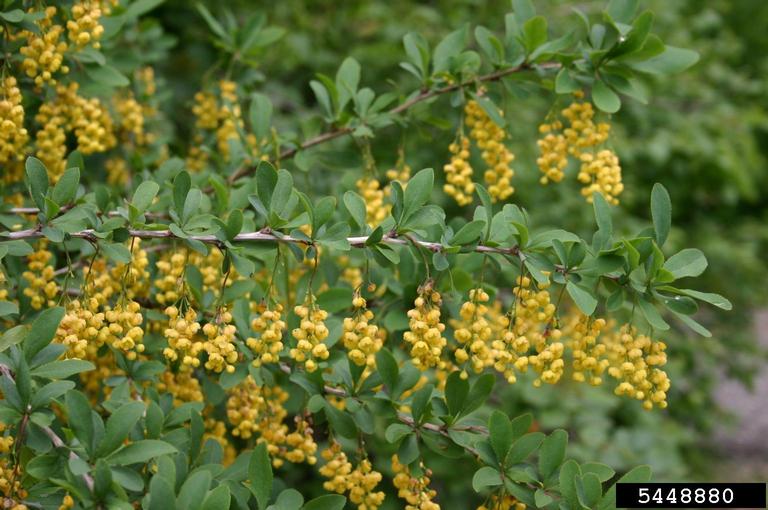
Leslie J. Mehrhoff, University of Connecticut, Bugwood.org
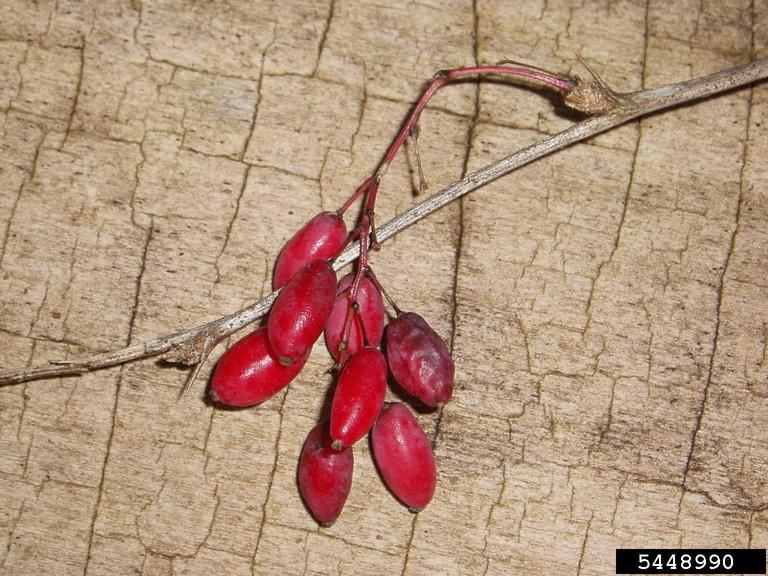
Leslie J. Mehrhoff, University of Connecticut, Bugwood.org
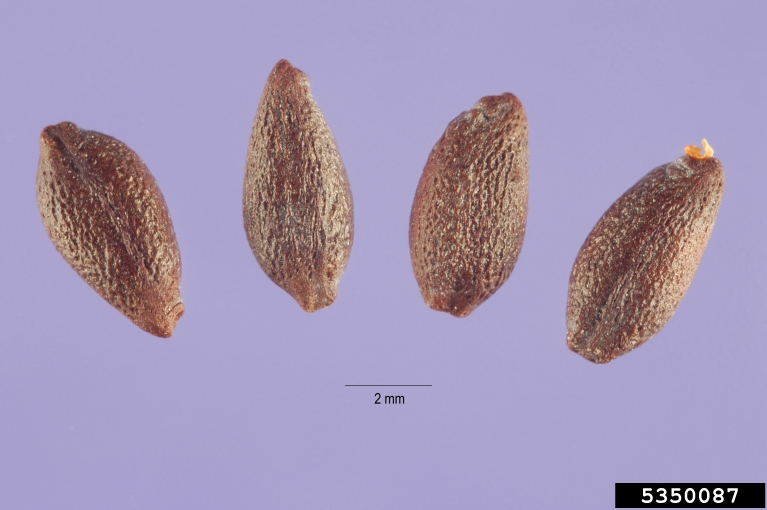
Steve Hurst, USDA NRCS PLANTS Database, Bugwood.org
